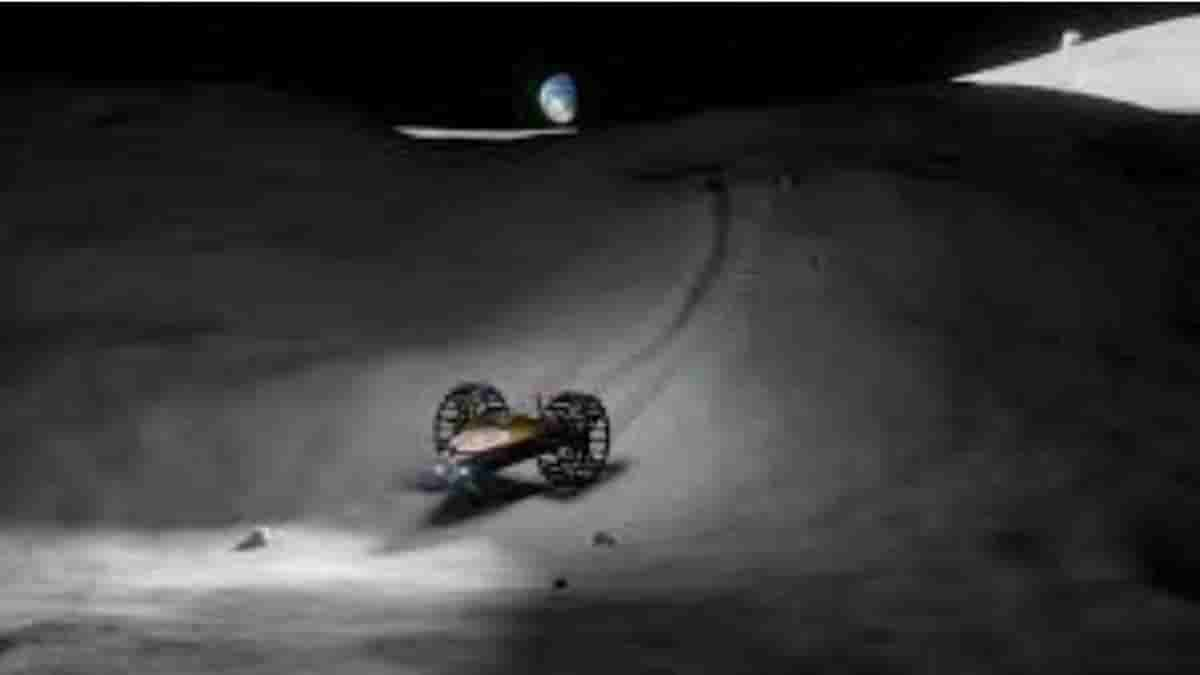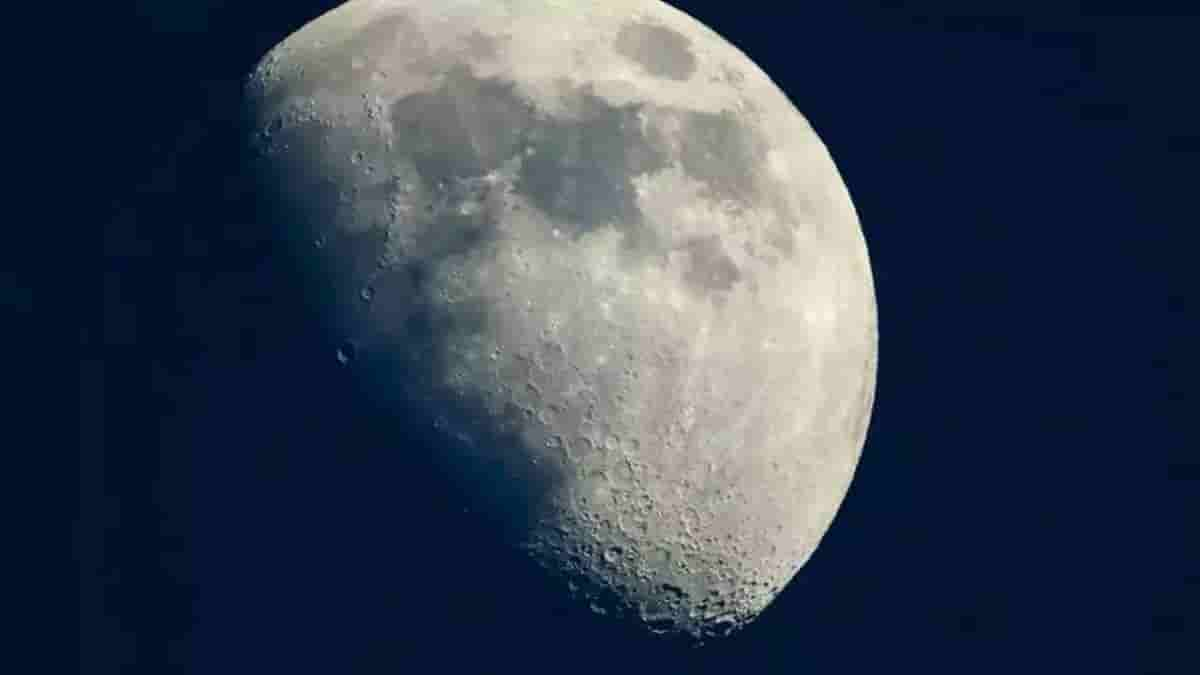NASA Demands Student Suggestions for Moon Metal Extraction and Forging

University students are asked to create a metal manufacturing pipeline on the Moon, from extracting metal from lunar materials to creating structures and tools, as part of NASA’s annual Breakthrough, Innovative and Game-Changing (BIG) Idea Challenge in 2023. The Artemis Program’s objective of a long-term human presence on the lunar surface is advanced by being able to mine metal and construct essential infrastructure on the Moon.
Metal is essential for developing structures, pipelines, cables, and other infrastructure due to its strength and corrosion resistance, but because it is so heavy, it is exceedingly expensive to transport. In order to enable metal manufacturing on the Moon, student teams competing in the BIG Idea Challenge, a university-level NASA competition run by the National Institute of Aerospace (NIA), will devise novel methods of extracting and converting metals from minerals present on the Moon, such as ilmenite and anorthite..

In its eighth year, the BIG Idea Challenge challenges college students to address some of the most pressing issues confronting space exploration and contribute to the development of mission capabilities that may enable novel discoveries. The challenge offers undergraduate and graduate students the chance to design, develop, and demonstrate their technology in a project-based program over the course of a year and a half while working with academic advisors. This NASA-funded challenge offers up to eight selected teams development awards of up to $180,000 so they can construct and exhibit their concept designs and present the findings of their research and testing at the conference that serves as the challenge’s conclusion in November 2023.
A lunar base’s infrastructure, such as pipelines, power cables, launching pads, transport tracks, and pressure containers to retain volatiles like fuel, could all be built locally via additive manufacturing, or 3D printing, if in-situ resource utilization (ISRU) derived metals were available on the Moon.
“Here at home, forging metal has long been a key part of building our homes and infrastructure, and the same holds true as we work towards a sustained presence on the Moon,” said Niki Werkheiser, director of technology maturation within the agency’s Space Technology Mission Directorate (STMD). “This challenge gives students the opportunity to help develop the future technology that will help us find, process, and manufacture with metal on the lunar surface.”
Teams are asked to propose ideas for technologies required at any stage of the production process for lunar metal, including but not limited to:
- Detecting Metal
- Refining Metal
- Forming materials for additive manufacturing
- Testing and qualifying 3D printed infrastructure for use on the Moon
This challenge does not apply to drilling, excavation, or transportation of mined minerals.
An informal notice of intent is required by September 30, 2022. Teams must provide a particular, compelling use case that explains how their section of the metal product production process fits into the building of the Moon’s infrastructure in their written proposals and videos, which are due on January 24, 2023. Along with considering implementing mechanisms to enable effective operation on the Moon, such as lunar dust mitigation, temperature management, and realistic power concerns, teams should also outline the systems they think will be in place to facilitate their proposed concept.
Teams must consist of teachers and students from American colleges and universities connected to their state’s Space Grant Consortium, with a minimum of five and a maximum of 25 members per team. Colleges and universities that are not connected with the Space Grant program are welcome to collaborate with one. Institutions that serve minorities are invited to apply. Teams with members from different universities and disciplines are encouraged.
“NASA is already thinking about supporting longer-term missions to the Moon. This BIG Idea Challenge theme links university teams to the push toward sustained human presence on the Moon and on other planets,” said Tomas Gonzalez-Torres, Space Grant project manager in NASA’s Office of STEM Engagement. “This theme goes beyond initial Artemis missions and starts tackling the mission planning needs once we’ve returned humans to the Moon. We are excited to see what these teams develop.”
Through a partnership between the Office of STEM Engagement’s Space Grant initiative and STMD’s Game Changing Development opportunities, NASA is supporting the 2022 BIG Idea Challenge.
One of the many student challenges offered by Artemis is NASA’s BIG Idea Challenge. The National Institute of Aerospace is in charge of running the BIG Idea Challenge.


